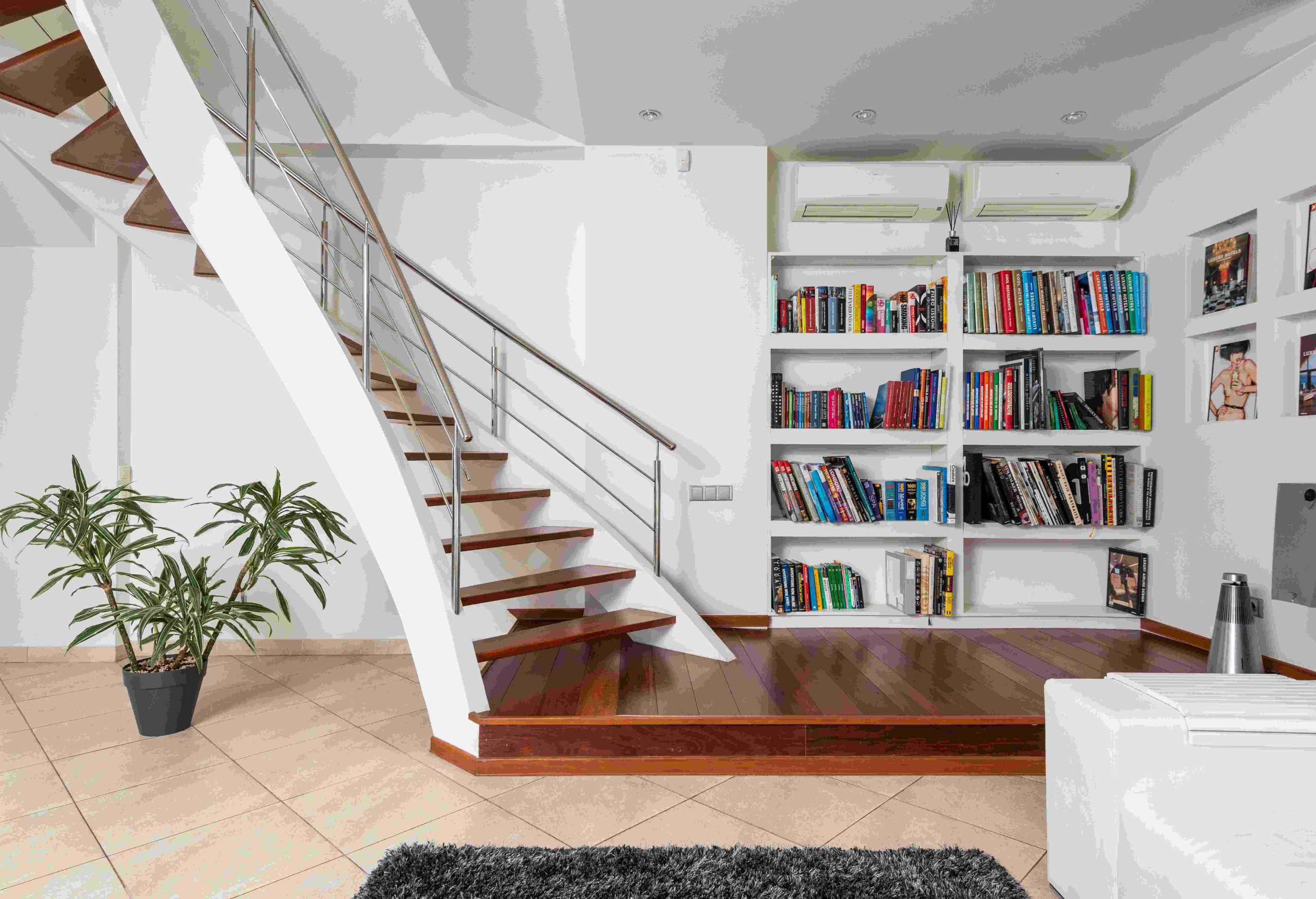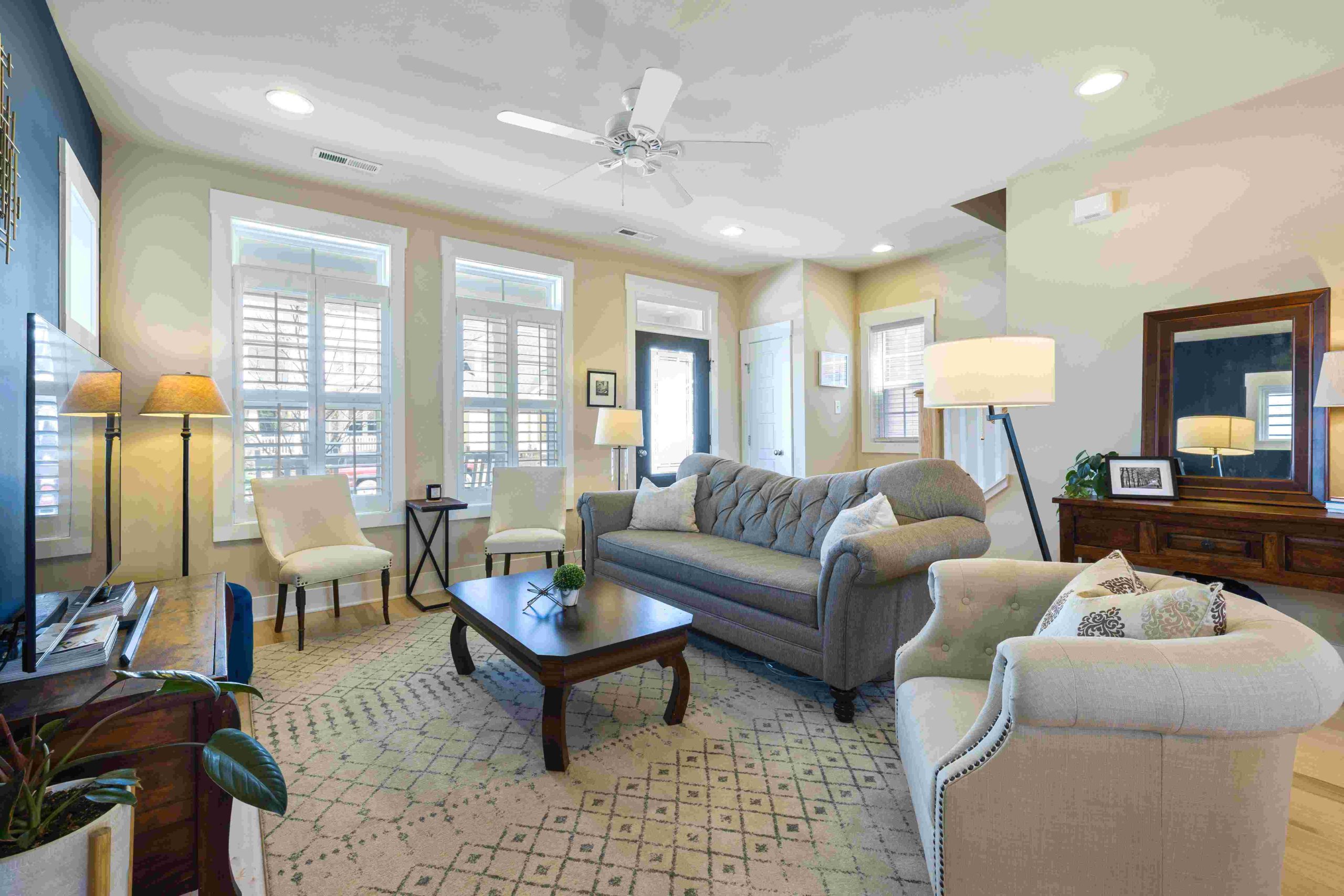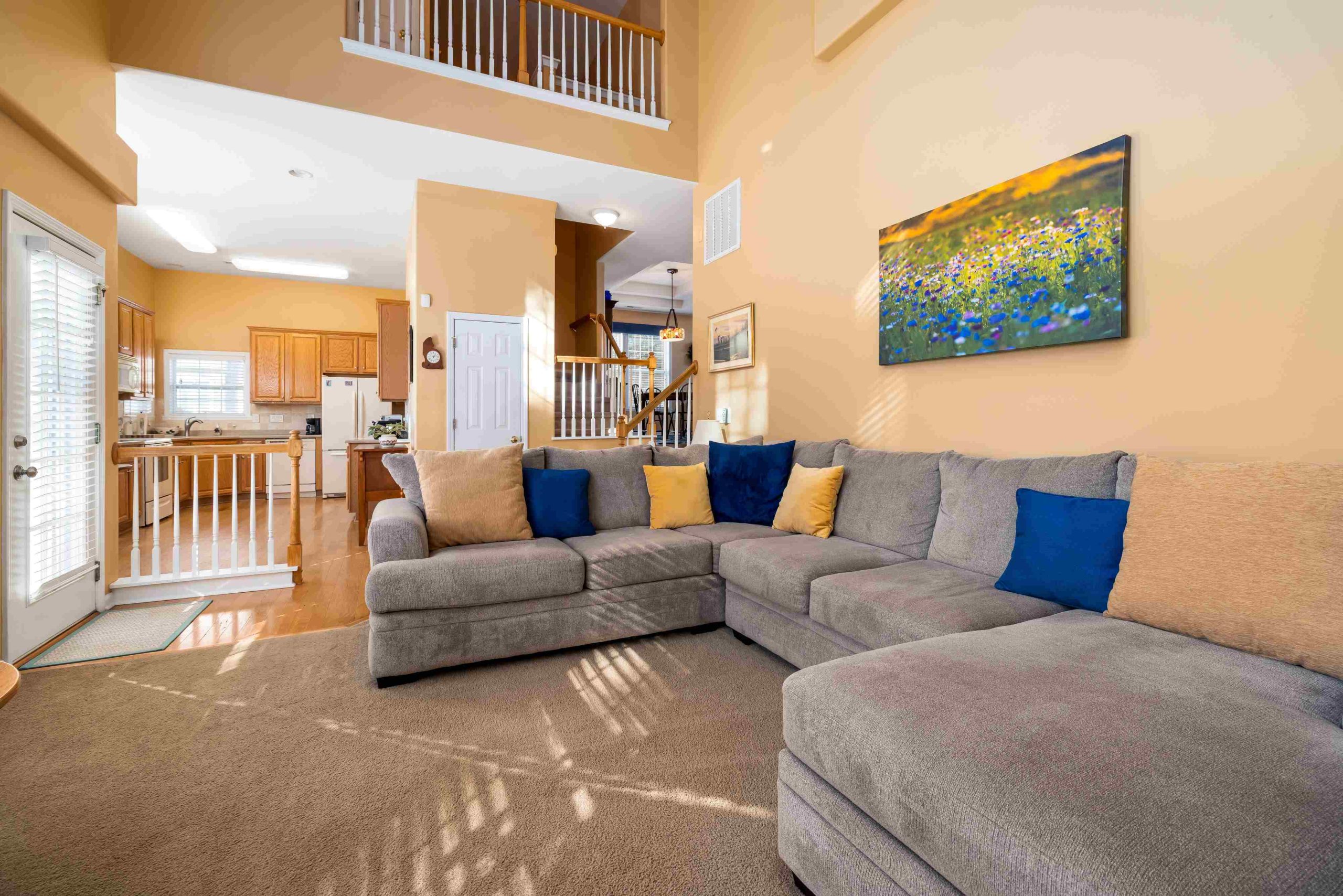Interior Design Principles and Elements To Keep In Mind
29/09/2023 2023-09-29 13:17Interior Design Principles and Elements To Keep In Mind
Interior Design Principles and Elements To Keep In Mind
While designing a home lets you express your creativity, it requires an understanding of the core of designing. Interior design principles and design elements will help you create a design that is a stunning outcome of your imagination and a reflection of the homeowner’s personality.
This blog will familiarize you with the basic principles and core interior design elements to help you implement cohesive and aesthetically impactful interiors for your client’s dream home.
Essential Elements in Interior Designs
As you start learning about the principles of interior design, you must know and understand the elements that complete an interior design project. There are seven elements of design in interior design that work together to enhance the visual appeal of a room and form an integral part of the fundamentals of interior design.
Space
Space is the area available for achieving different purposes. You can work with two-dimensional and three-dimensional spaces to execute your designs.
Lines
Lines define the shapes in a room and create forms. As a designer, you can highlight the horizontal lines with furniture like tables, vertical lines with windows and doorways, and dynamic or zigzag lines from staircases.

Forms
Form refers to the shape of a room and the three-dimensional objects placed in it. Forms can be geometrical denoting hard lines which often look artificial or natural forms which are more organic.
Light
Lighting is one of the essential elements in interior design as it allows homeowners to work comfortably. Interior designers should ensure to allow maximum natural light in the house. Additionally, artificial illumination also adds charm to the interiors.
Colour
Colour is a very significant tool for a skilled interior designer. In all designs, it can create mood, implement harmony and alter the perception of a room’s size. For example, lighter shades give an illusion of a much larger room.
Patterns
Apart from colours, patterns can also improve the appeal of a room. Patterns are created using repetitive designs, usually seen on wallpapers, furnishings, drapes, rugs and more. They come in stripes, geometric shapes, pictorial elements, motifs etc.
Textures
Texture is the feeling you get by looking at or touching an object. It can be divided into visual texture, which we can feel with our eyes and actual texture, which we can feel by seeing and touching. Interior designers should incorporate textures with a balance to break the monotony of the design.
Defining Principles of Interior Design
Before embarking on your journey of home styling, you must learn about the following principles of interior design examples.
Balance
Balance in interior design is one of the most significant principles. When you look at a room, it should appear as a completely balanced piece of art which exudes stability and calmness. Design principles in interior design include three kinds of balance.
⦁ Symmetrical balance
You can achieve this balance by dividing the space into two mirror images equally. For instance, same side tables with identical lamps on either side of the bed ooze symmetry.
⦁ Asymmetrical balance
It is a more flexible approach to design principles and helps break the monotony of symmetry everywhere in your home. It refers to striking a balance between the visual weight of objects comparable in size, shape and dimensions. You can, for example, place wingback chairs opposite a large sofa instead of placing an identical one.

⦁ Radial balance
It is a rather complex form of balance, in which you choose one natural focal point and place everything other elements to centre around it. Such as, in a living room, you can take a fireplace as the focal point and position the furniture and decor items facing toward it.
Unity & Harmony
Unity and harmony lie among the basic concepts of interior design. All the design elements in a room, including furnishings, style, theme, and decor items, should provide a unified aesthetic appeal. It does not necessarily mean that every element should be identical or placed in symmetry, but every piece you use should complement each other and look like a unified whole. You should also ensure all the patterns and textures flow smoothly throughout the project. For example, following a colour theme throughout the house can make the place more inviting.

Rhythm
An aesthetically pleasing interior design project also demands rhythm in all its design elements. One cannot expect harmony in design without perfect rhythm, which you can achieve with a balanced repetition of forms in all the spaces. While arranging the decor and furnishings, you should take care of progression, contrast and transitions among the pieces to create a pleasing impression. For example, complimenting the colour of a wall with matching cushions on a contrasting sofa, accompanied by art pieces with similar colour accents.
Scale & Proportion
The basic interior design principle, which guides harmony and rhythm, is scale and proportion in a design. The scale identifies how the size of one object compares with the other objects in that space. Conversely, proportion determines how differently-sized objects fit together in a space to provide balance. To elaborate, small furniture in a room with high ceilings can look a bit overwhelming. To ensure proportion in colours and textures, we can easily choose one prominent colour for a wall and match it with decor pieces and cushions.
To read more about the influence of cushion colours and placement on the interiors, click here.
Emphasis
Always striving for balance and harmony can sometimes result in monotonous appeal and rigidity in space. While both these interior design principles are significant, the principle of emphasis helps create a more attractive visual. It is all about defining one focal element which grabs your attention as soon as you enter the room, like a grand chandelier or an accent wall.
Contrast
It is one of the most potent principles of interior design that adds drama and variety to space by setting polar opposite elements together. To develop a striking visual, use contrasting colours or patterns like floral with stripes or mix contrasting textures like matte with glossy paint. You can also combine contrasting shapes like hard-angled geometric furniture, oval lights, and more. Adding contrast to the elements makes a room look more fascinating, which could otherwise seem mundane.
Details
Attention to detail is the last of the interior design principles and a very important one. A design can never be complete without the right final touches that set everything in place and add your unique personality to the space. All the little things add character to a room, like light fixtures, switches, door knobs, carpets, mirrors, cushions, and more.
Wrapping Up
While creating interior designs which might be extravagant or minimalist, considering all these elements and interior design principles is paramount to achieving a unique and aesthetically delightful outcome. You should ensure that all elements are proportionate and precise in scale and sit together harmoniously, making the project both functional and pleasing.
If learning about these elements and principles has grabbed your interest, and you wish to learn more, you can opt for a full-time course in interior design. JD School of Design offers a 3-year BSc Program in Interior Design that will take you through the deeper concepts of the area and help you learn the skills to transform spaces that people can call home.













